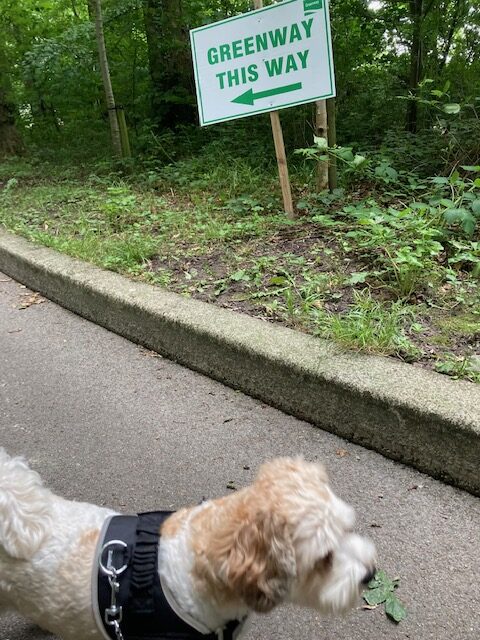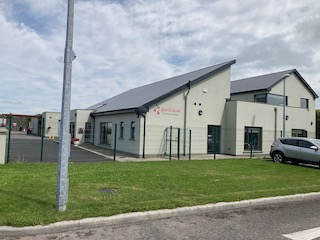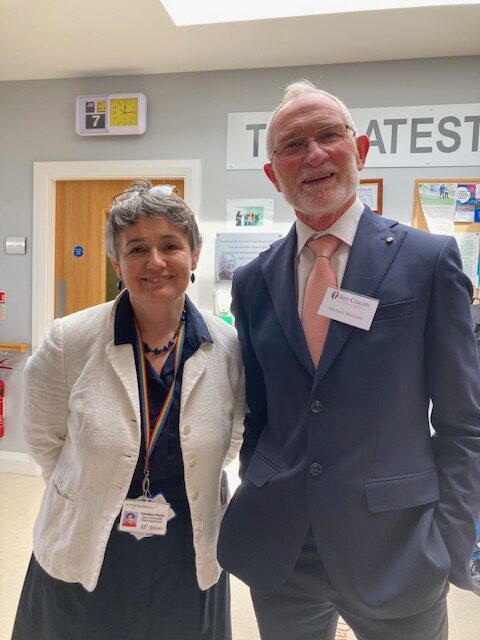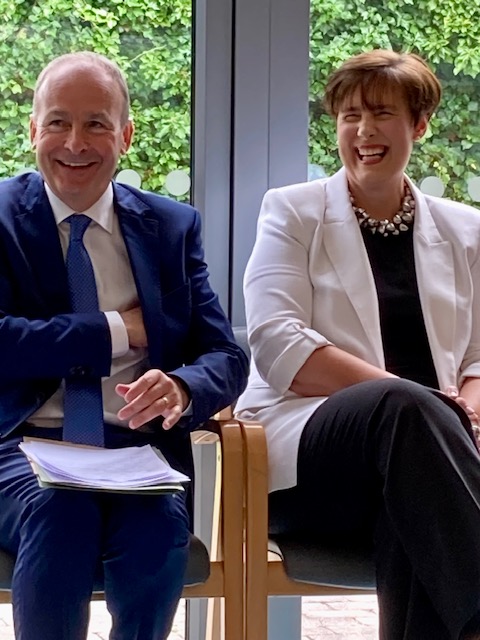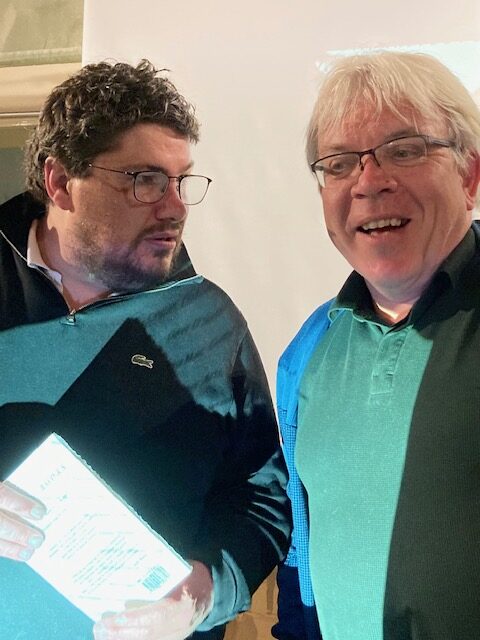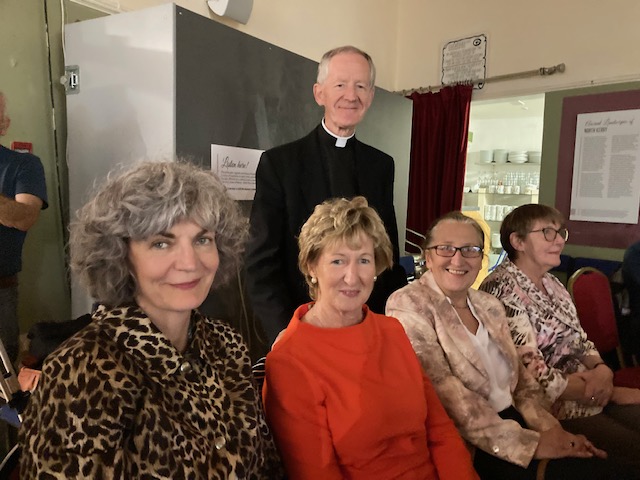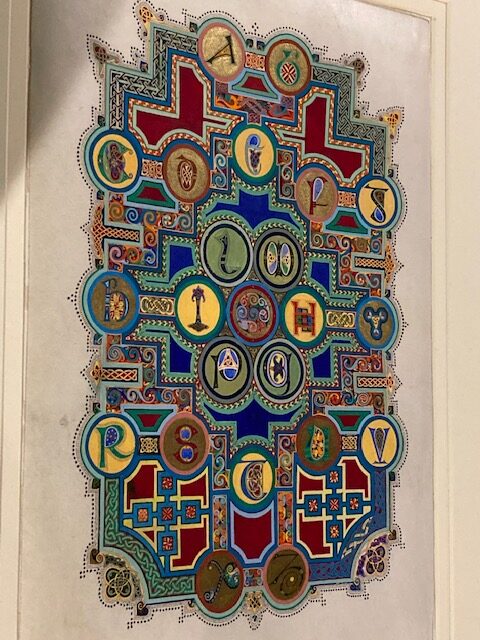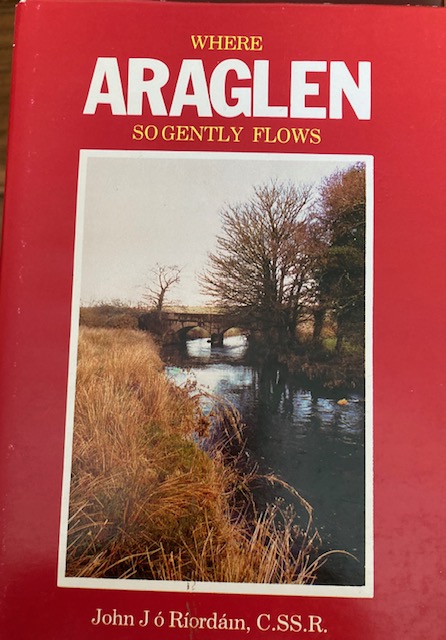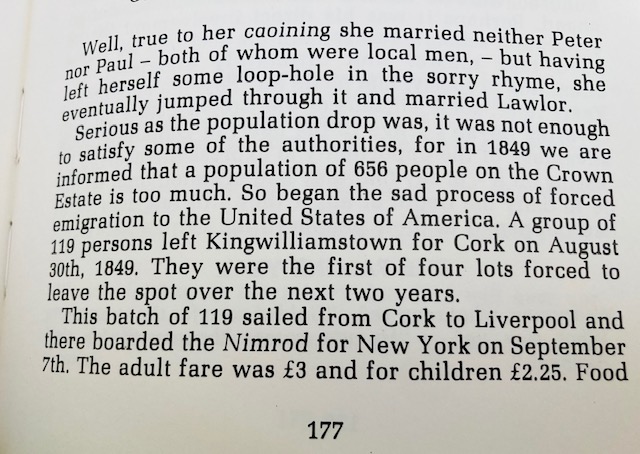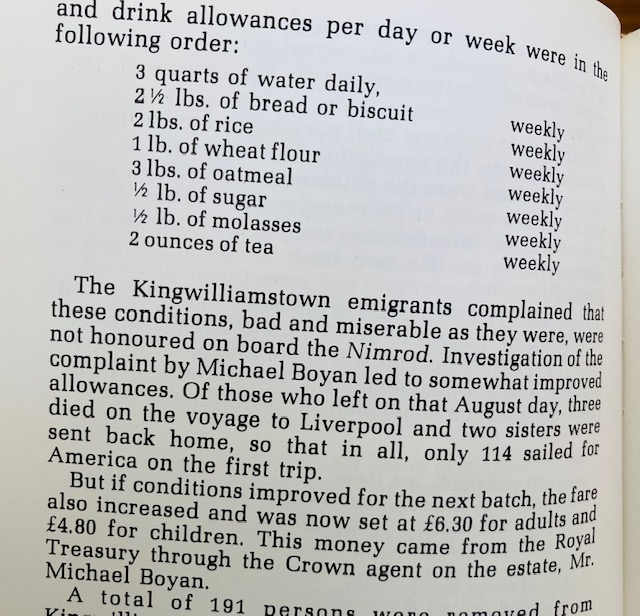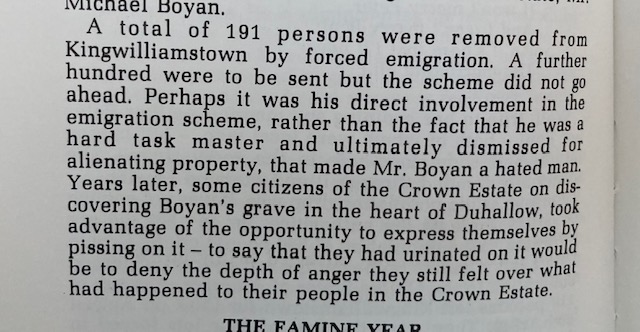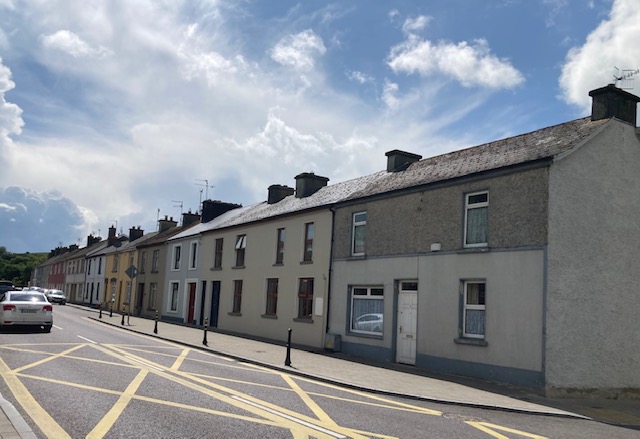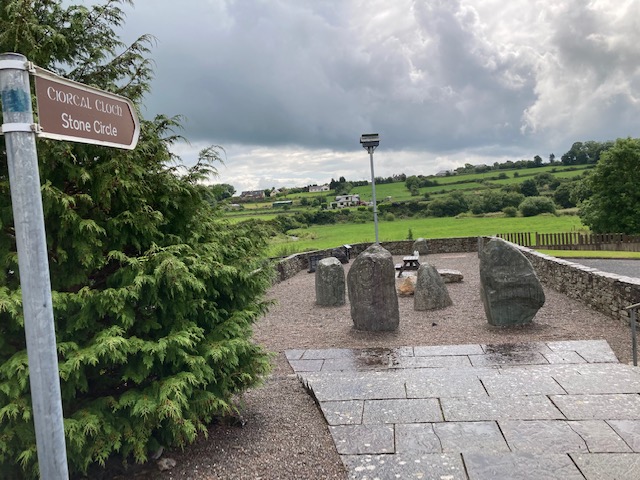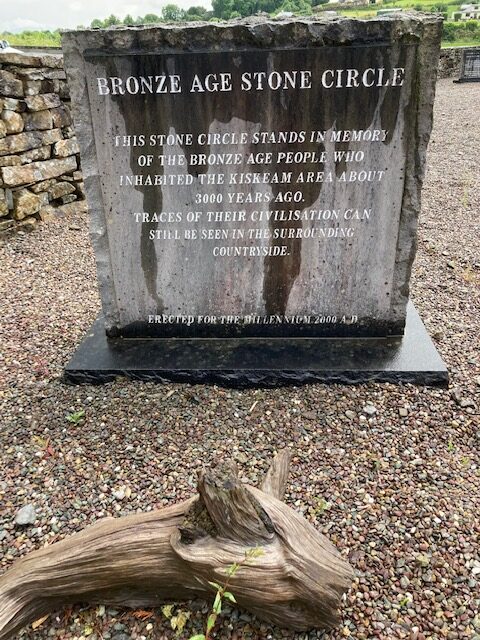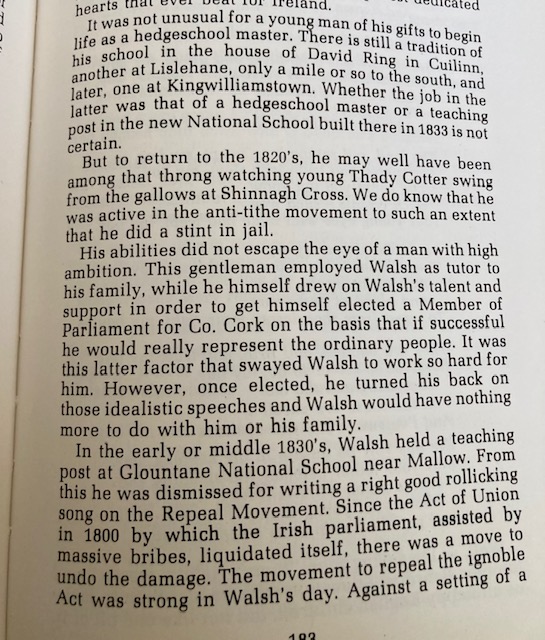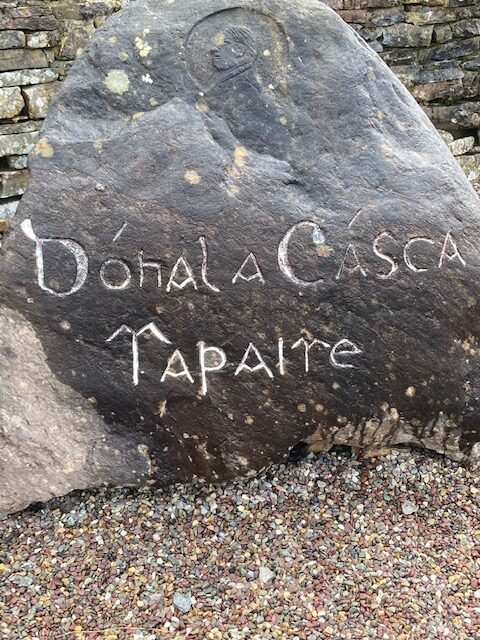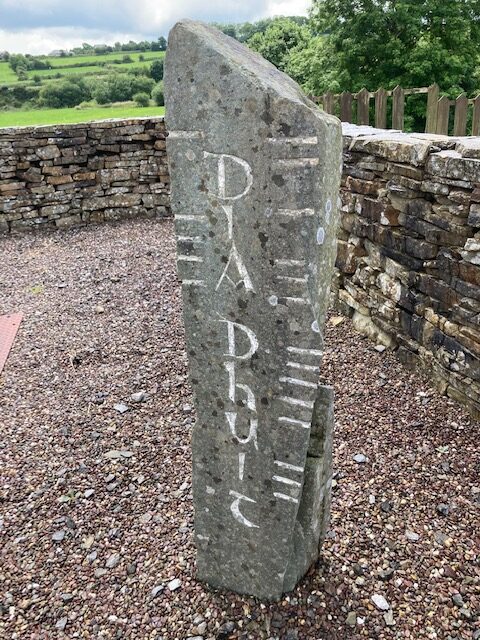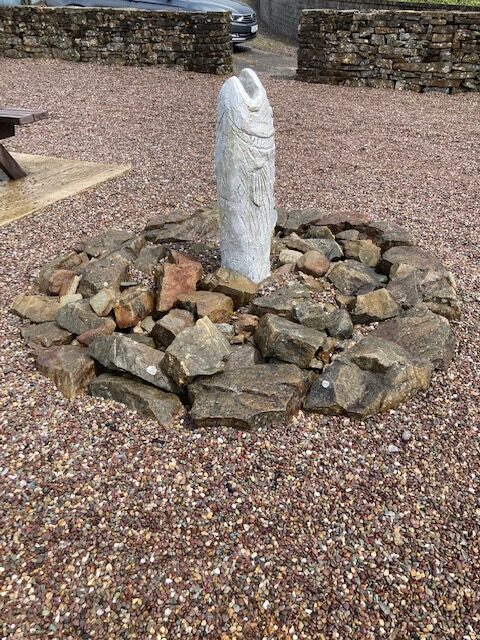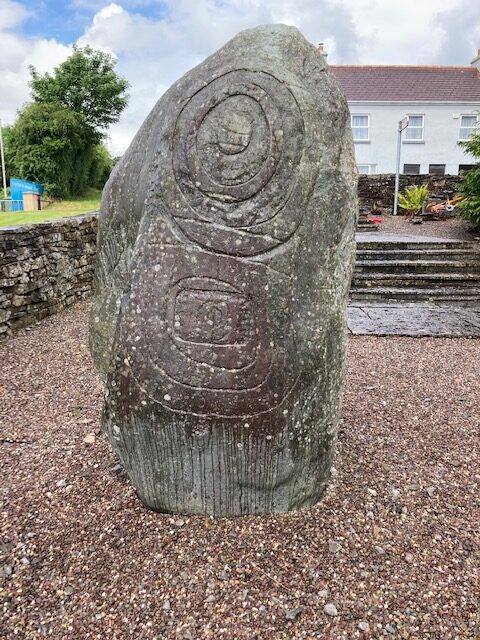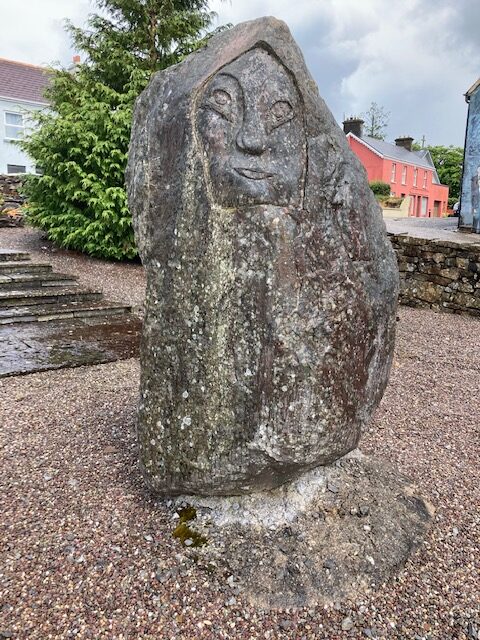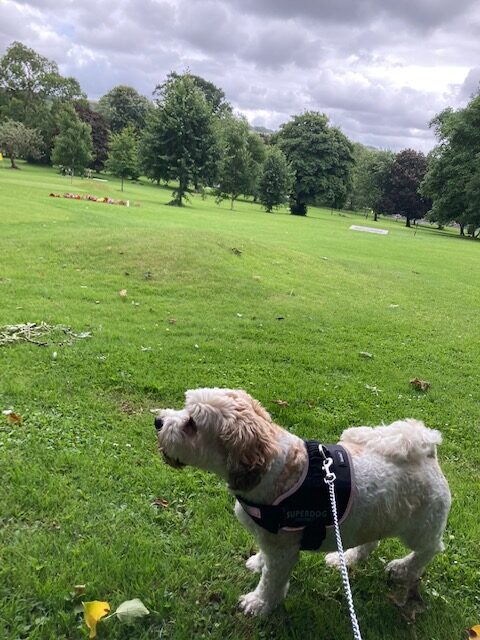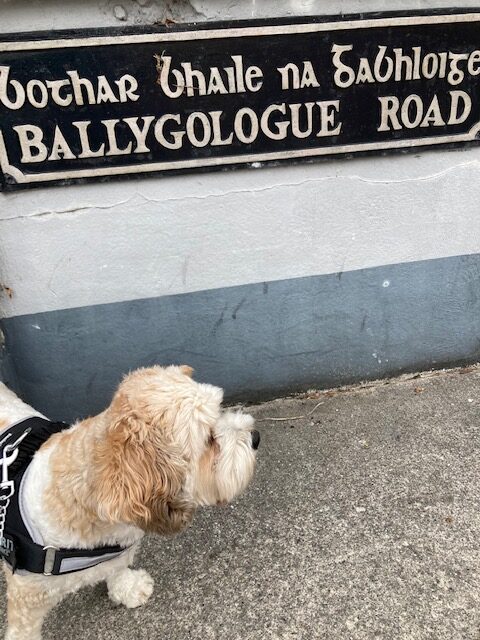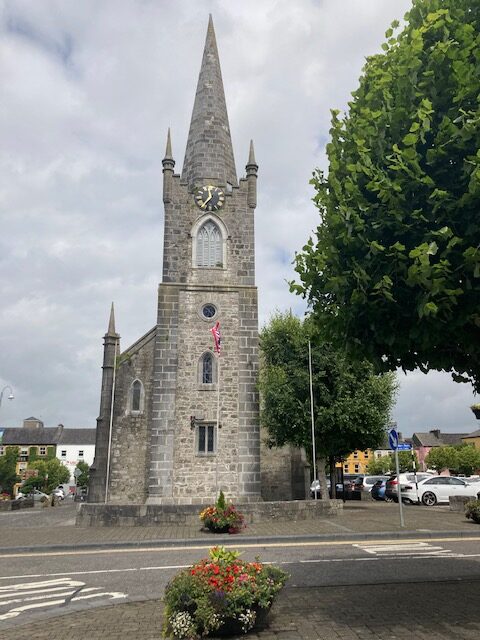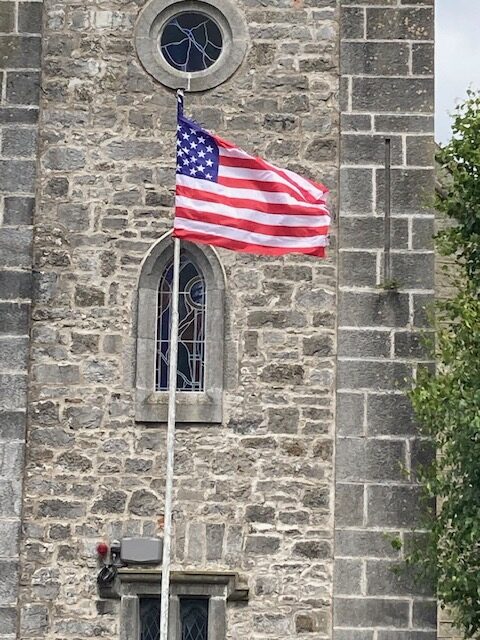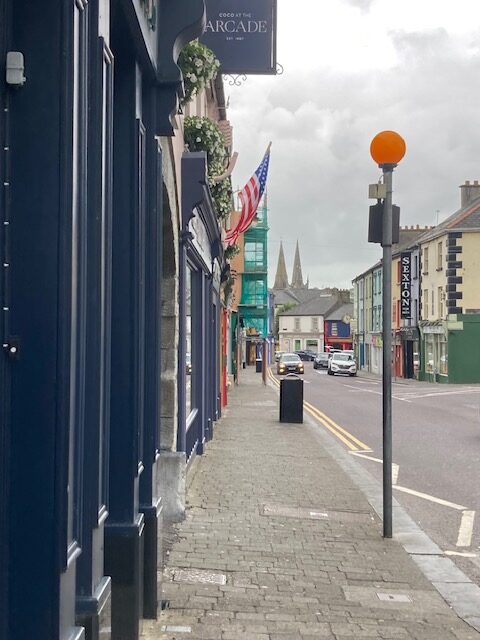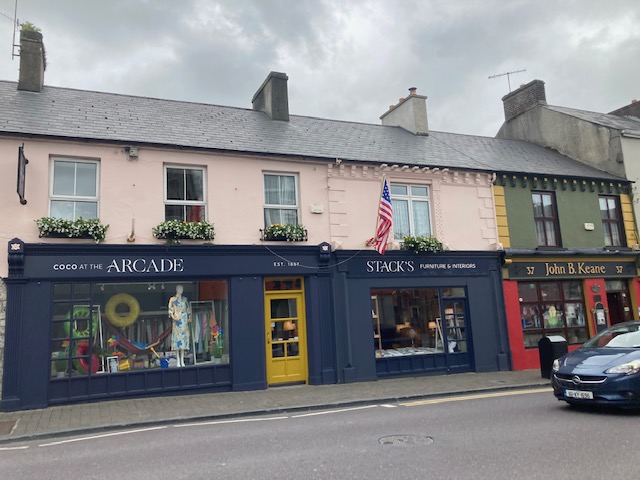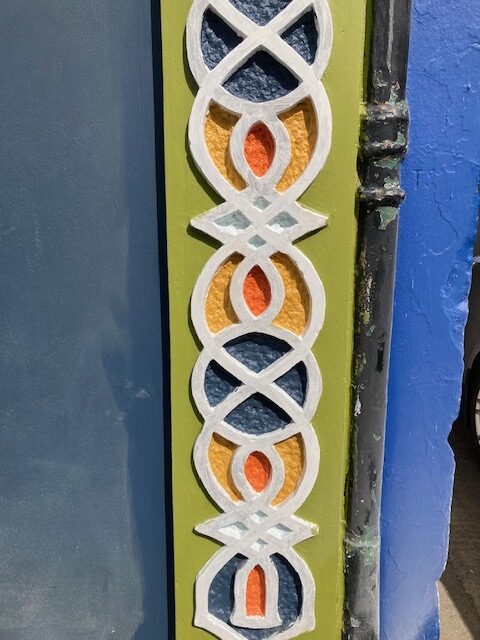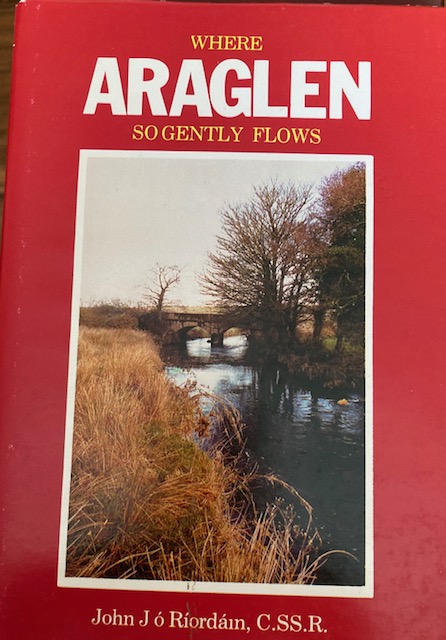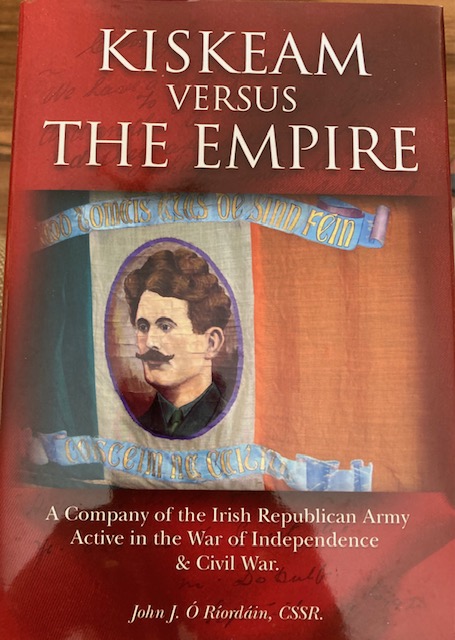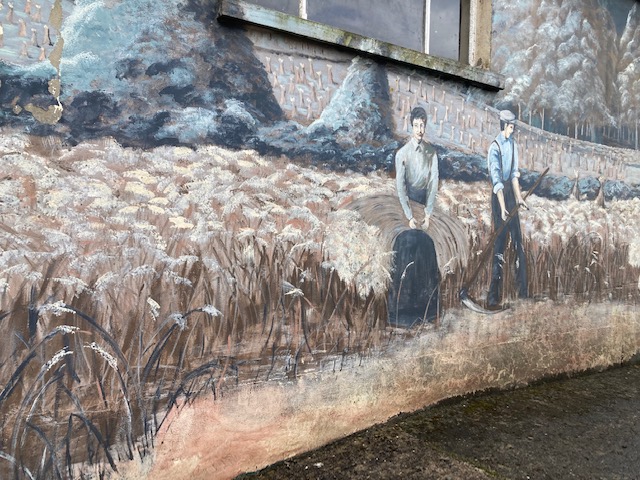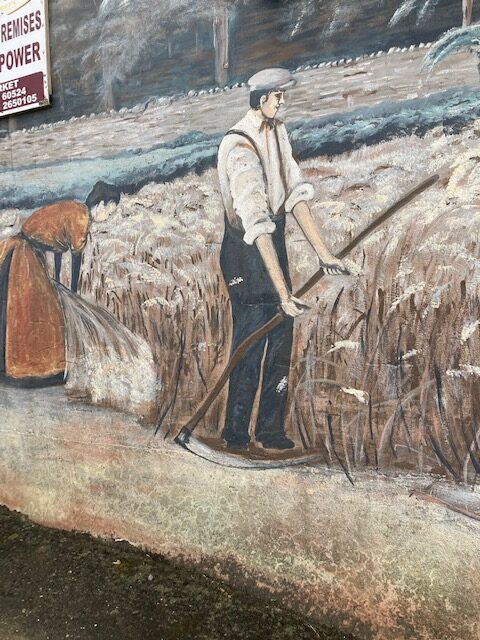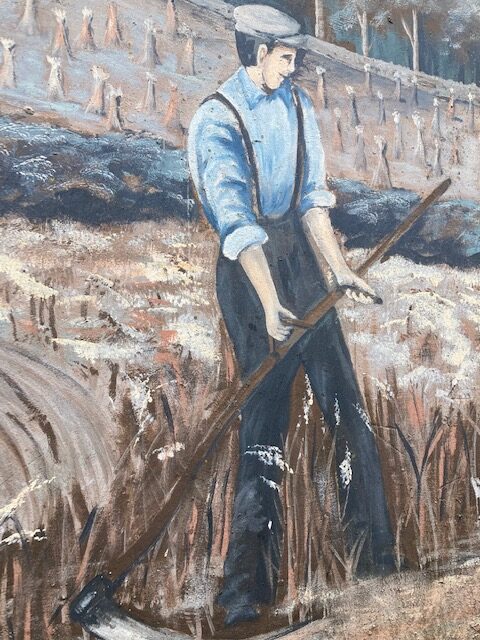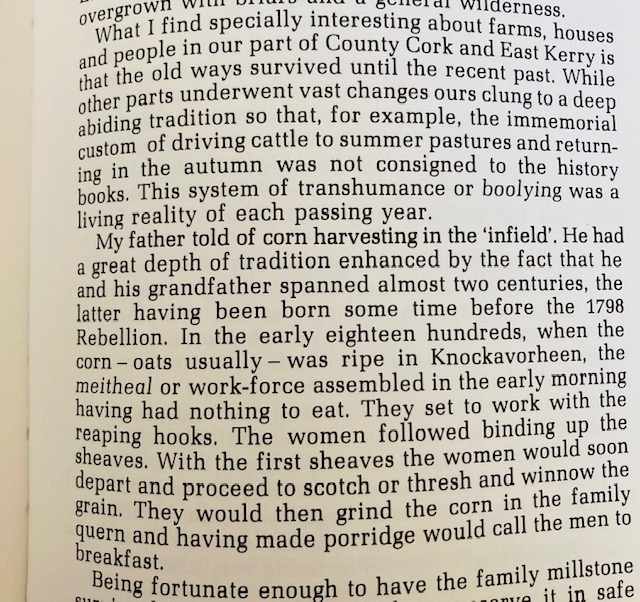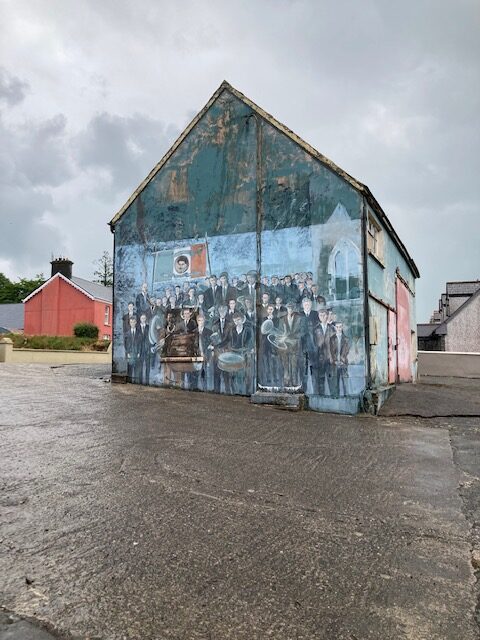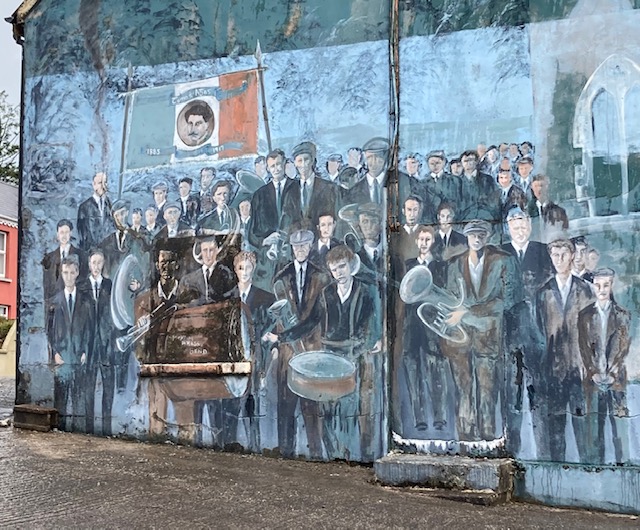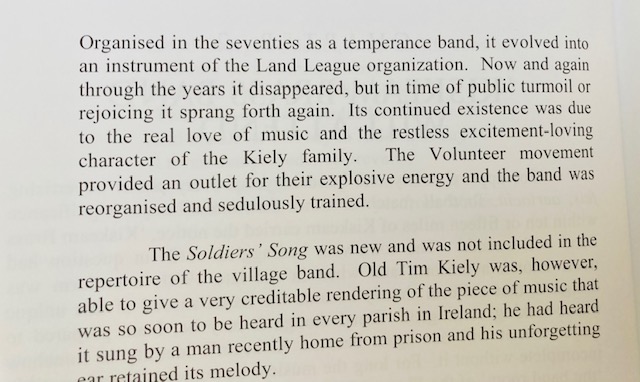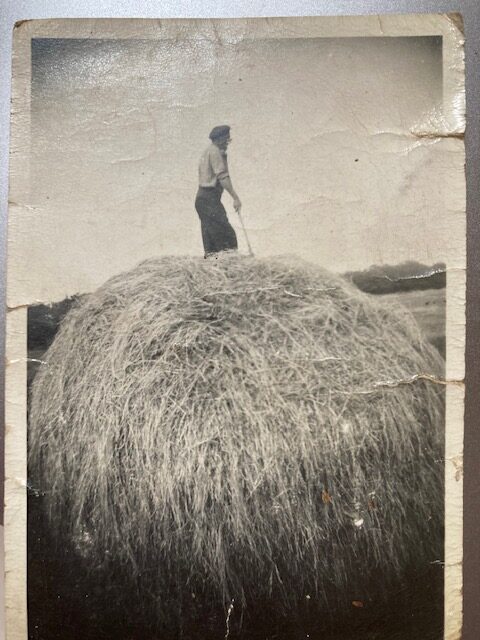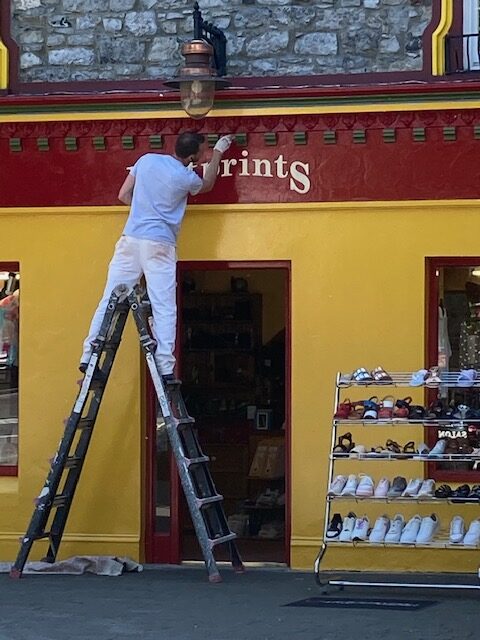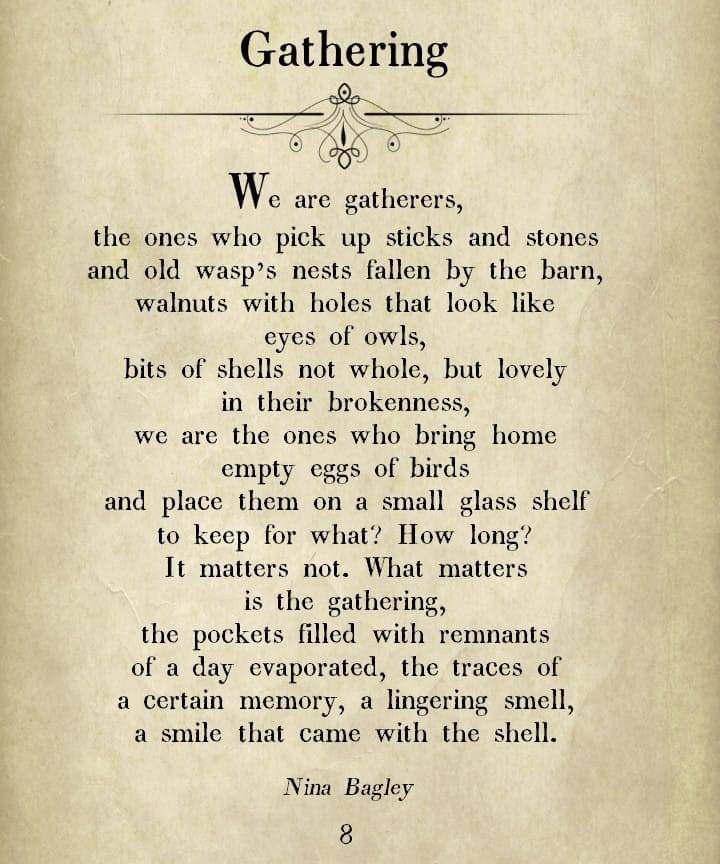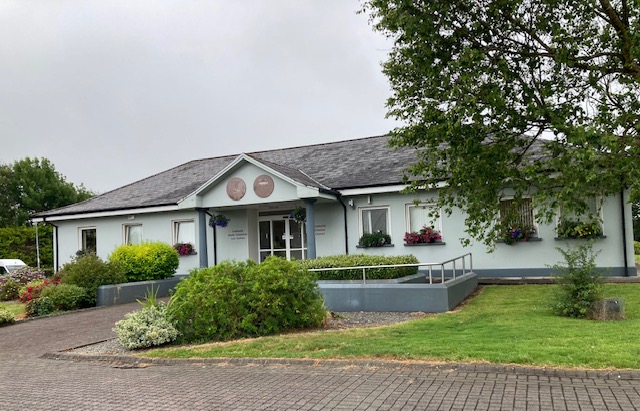
Áras an Phiarsaigh
<<<<<<<
In Kiskeam
Kiskeam is lovely rural village in North Cork. Its people are friendly and welcoming.
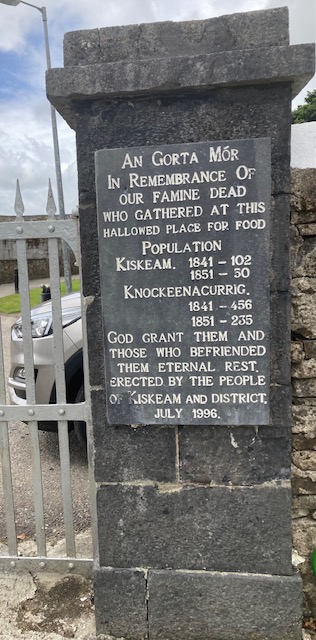
Kiskeam in the past was devastated by poverty and emigration.
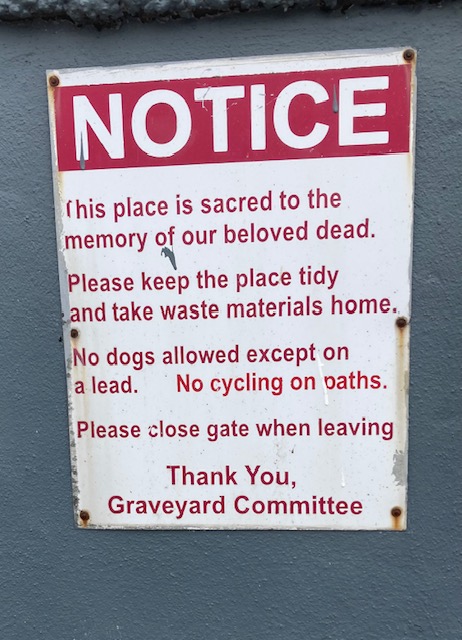
This is the sign on the graveyard wall. I visited the graveyard last week.

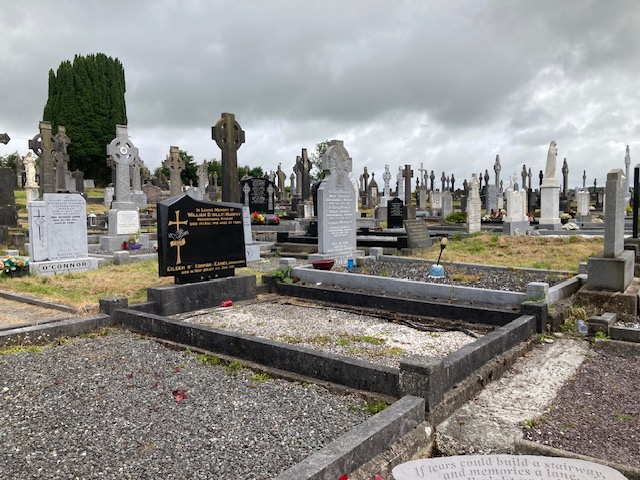
The graves are beautifully kept.
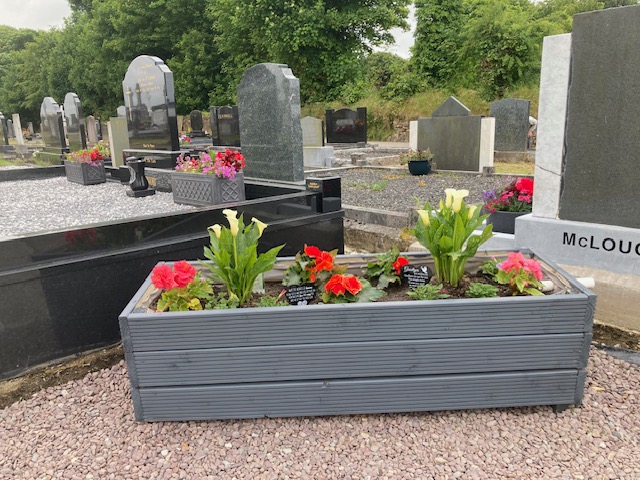
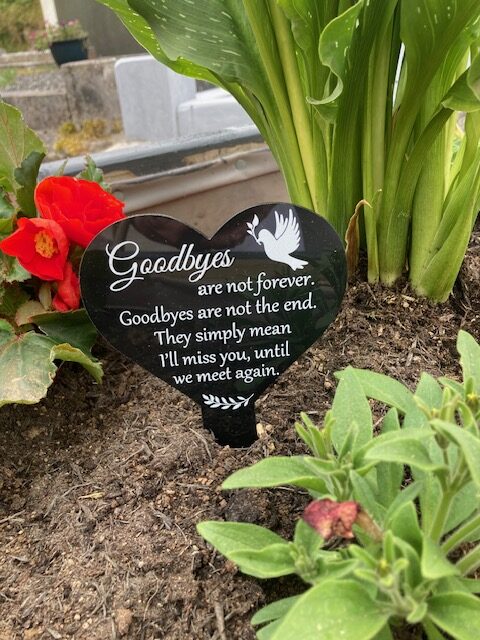
Nestled among the flowers in this box I saw this lovely little message.
<<<<<<<
A Celtic Cross
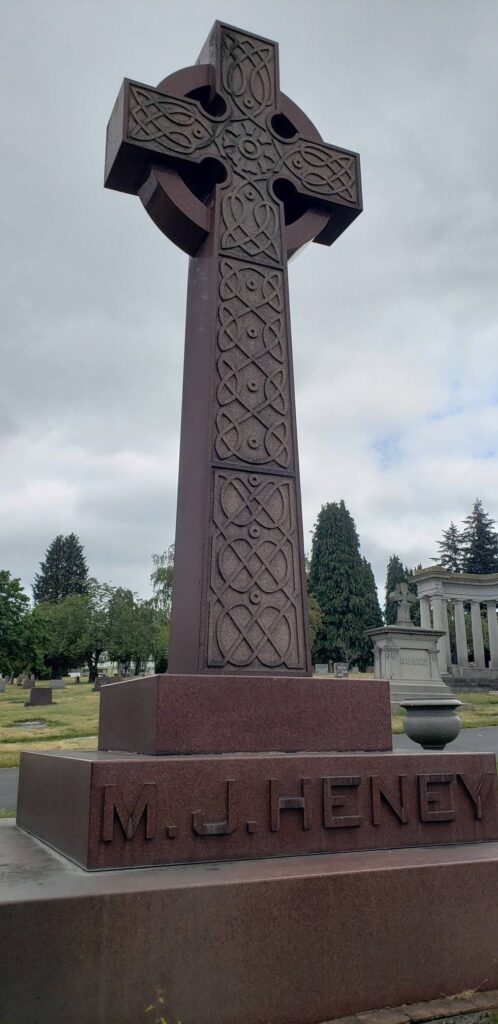
Amanda Danzinger in the group “Dicussion on Celtic Art”
I found this big beautiful Celtic cross in Calvary Catholic Cemetery in Seattle. It was made around 1910. I looked it up and it belongs to M.J. Heney, aka “The Irish Prince of Alaska” who built the Alaskan railways during the Klondike gold rush.
I looked it up too, and
I found this from An Irishman’s Diary by Frank McNally, March 24 2017
Hiking in eastern Alaska some time ago, Dublin photographer Paul Scannell chanced upon a small town called McCarthy, where he was so charmed by the ambience that he skipped his flight home and stayed for five months.
The locals took him to heart during his visit. They even elected him “prom queen” at one point, which may sound a bit irregular. But bear in mind that while McCarthy is at the centre of America’s largest national park – two-thirds the size of Ireland – the township itself is not extensive. It has a population of 28.
Anyway, Scannell eventually abdicated his monarchical responsibilities to return home. And next week in Dublin, he opens an exhibition of pictures both from McCarthy itself and the Wrangell-St Elias national park that surrounds it. The show runs at the Powerscourt Gallery from March 29th.
Like many former mining towns, McCarthy used to be bigger than it is now.
Named after one Irishman, the philanthropist James McCarthy, it was made possible by another, a railroad contractor named Michael “Big Mike” Heney.
The Canadian-born son of immigrants, Heney made his fortune building the infrastructure required by the Klondike Gold Rush and other mining booms of the 1890s onwards, in the process of which he too earned a regal title, “The Irish Prince of Alaska”.
His boast was that, given enough dynamite, he could build “a road to hell”. And when a vast copper find at a place called Kennecott demanded a rail-link from the coast, his promise was sorely tested.
Begun in 1907, the 196-mile Copper River and Northwestern Railroad had to cross mountains, glaciers, and river rapids. That and its initials earned it the nickname “Can’t Run and Never Will”. But it did, within four years, and on its maiden journey there was already a quarter-million dollars worth of copper ore awaiting it.
Kennecott became a company town and, as such, was declared “dry”. Miners were not allowed to bring families on site, either, lest their monk-like existence be compromised. So what became McCarthy – the local railway junction – had to make up for Kennecott’s deficiencies.
During three rambunctious decades, it had bars, brothels, pool-halls and all the rest of the services required for a population that reached about 1,000 at its height. Then in 1938, $200 million worth of copper deposits later, reserves ran out.
Mining stopped, so did the trains, and the settlement was abandoned so abruptly that plates were left on tables.
Not much happened there again until the 1970s, when Kennecott and McCarthy were found to have the sort of deposits required by another industry, tourism. Intrepid visitors now come to see the old mining ruins and the wilderness around them. Kennecott houses the national park people. Minus the brothels, McCarthy still looks after the social side.
The place has had its darker episodes too. In 1983, a man went on gun rampage and massacred six residents, more than a quarter of the population. He was ostensibly protesting against the Alaska pipeline.
Then, further afield from McCarthy but in the same corner of the world, there was the sad case of Christopher McCandless, a wanderer who styled himself “Alexander Supertramp”. He is presumed to have starved to death, aged 24, while hiking along another of eastern Alaska’s trails.
His remains were found in the abandoned “Magic Bus”, an improvised shelter, in 1992.
And his life story has since spawned a book, film, and documentary. In fact, it was after hiking to the site of the Magic Bus that Paul Scannell found his way to McCarthy.
Scannell is not the first person from these parts to rediscover the latter town. For obvious reasons, it was also a sort of spiritual homeland to the late comedian and travel writer Pete McCarthy, born in Liverpool of a Cork mother.
After the success of his 1999 book, McCarthy’s Bar, set in Ireland, he wrote a follow-up called The Road to McCarthy. That was an international affair, tracking the Irish diaspora to such places as Butte, Montana, and the Caribbean island of Monserrat.
But McCarthy, Alaska, featured too. As well it might, because not only does it have a road to McCarthy, it has the McCarthy Road, now as much a travel destination as the town at its terminus.
According to the local travel website (largestnationalpark.com), the drive takes about 2½ hours each way. But the surface can be weather-affected, severely. So those planning the journey are advised to bring “food, water, a spare tyre and jack and plenty of fuel”.
<<<<<<<<
A Fact
Babies are born without kneecaps. They don’t develop until they are about 6 months of age.
<<<<<<<

